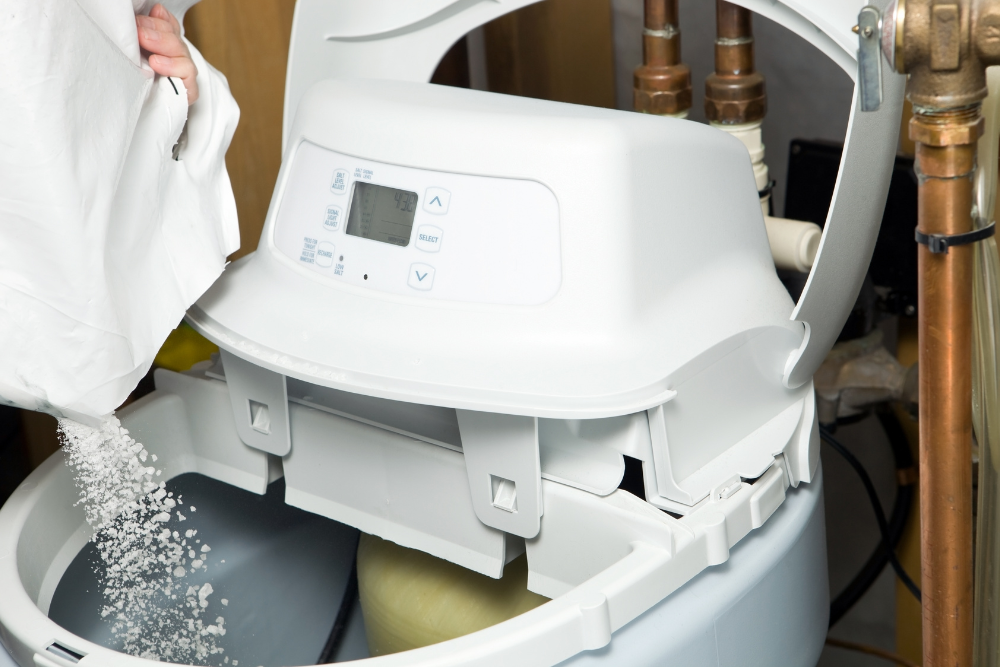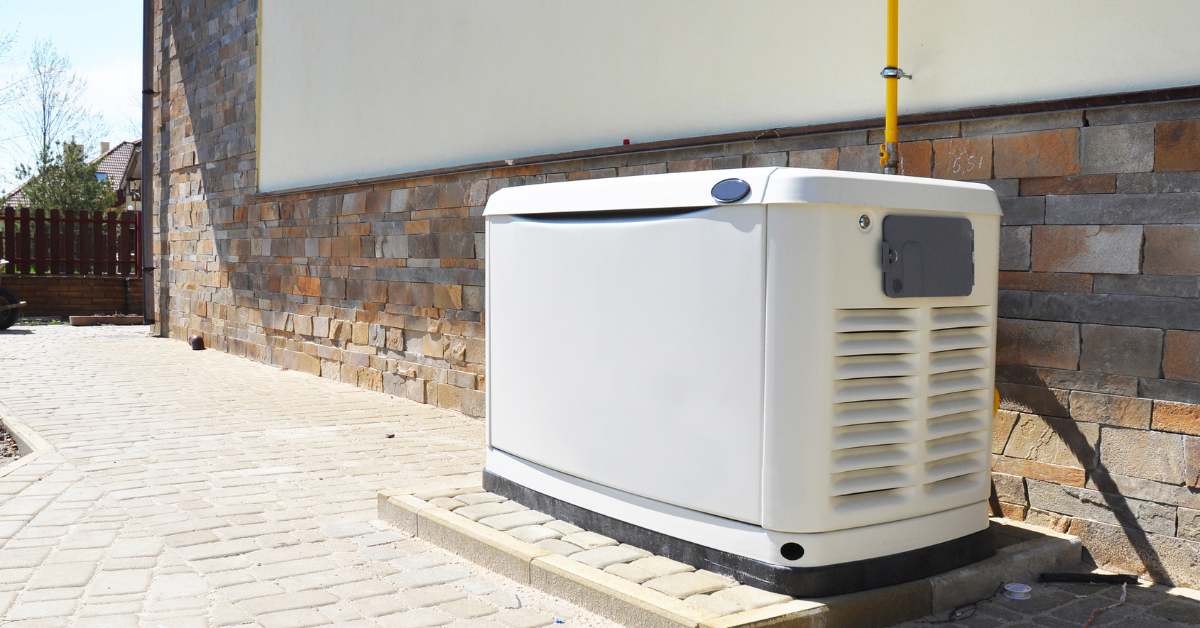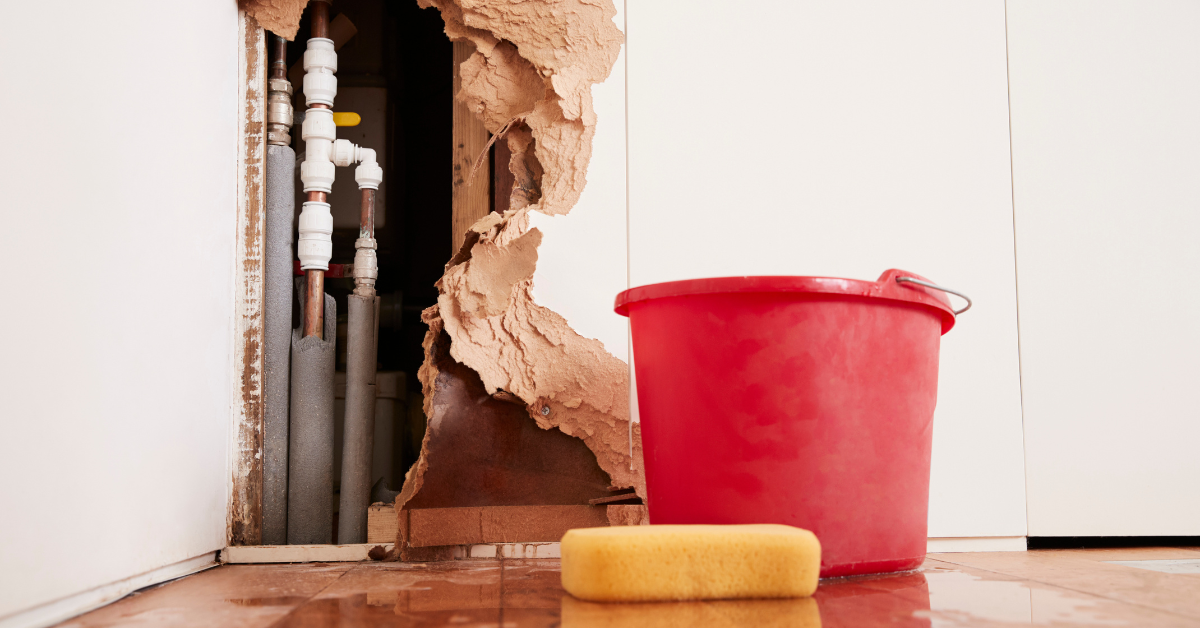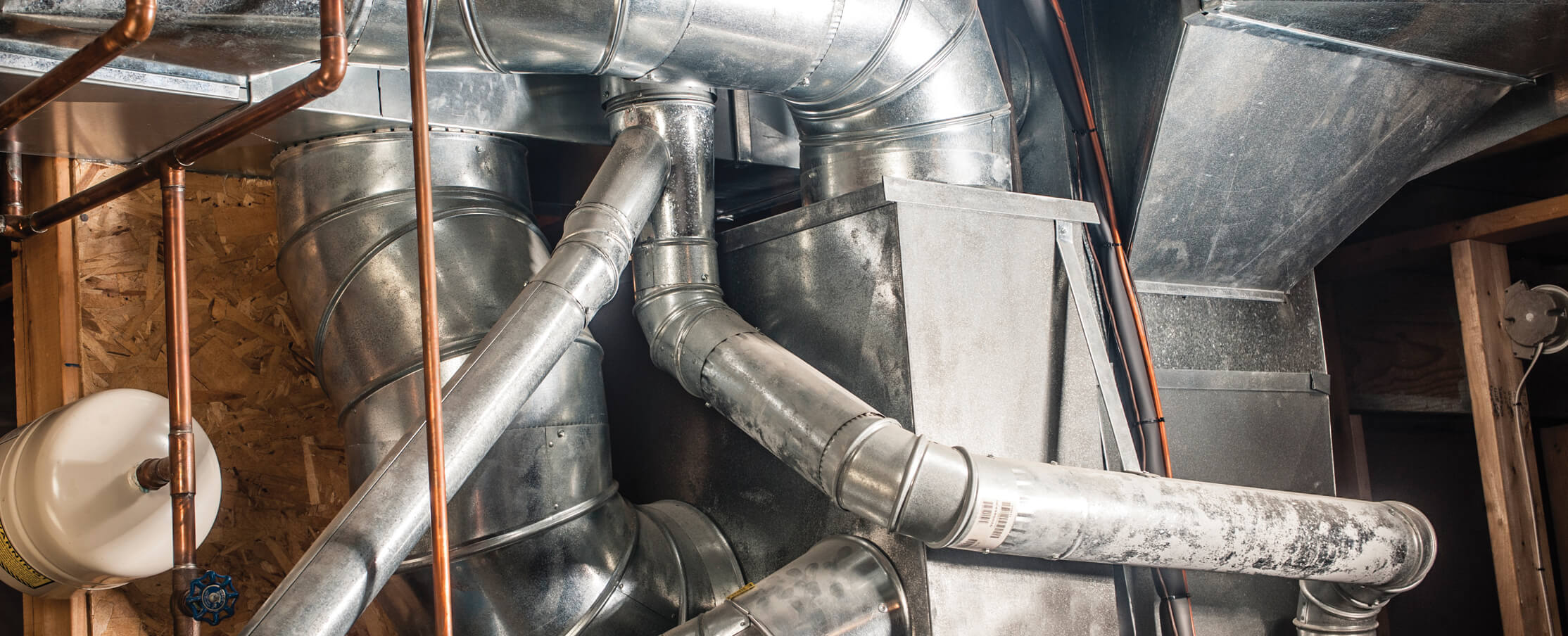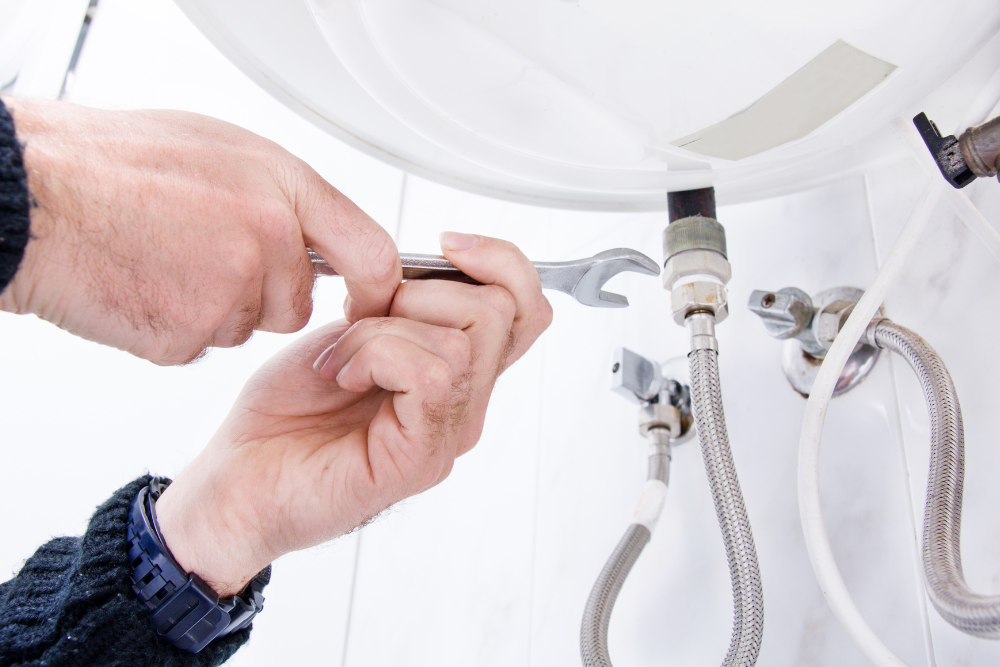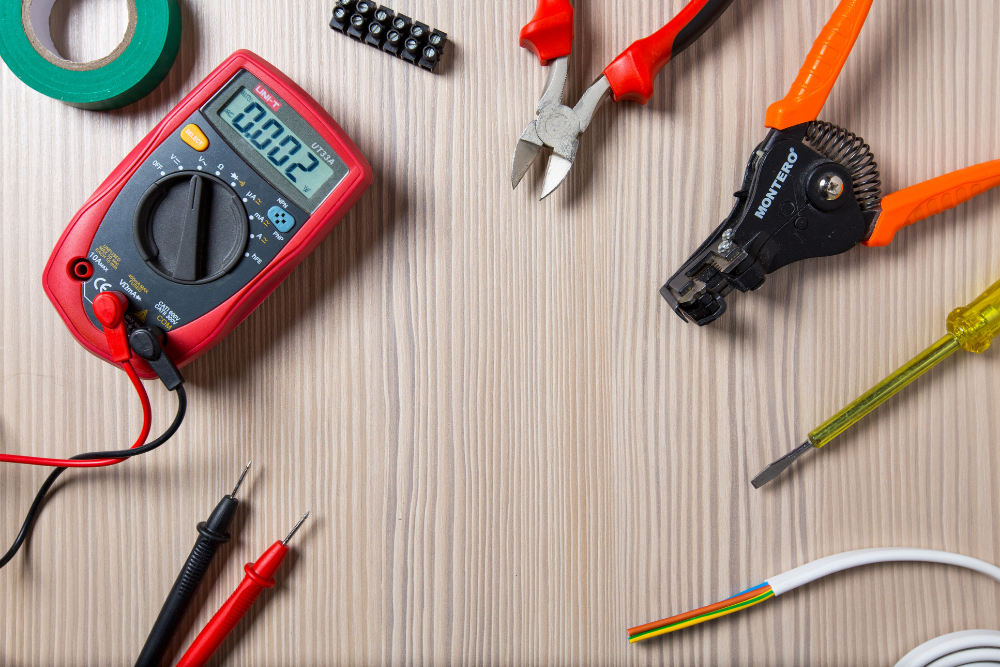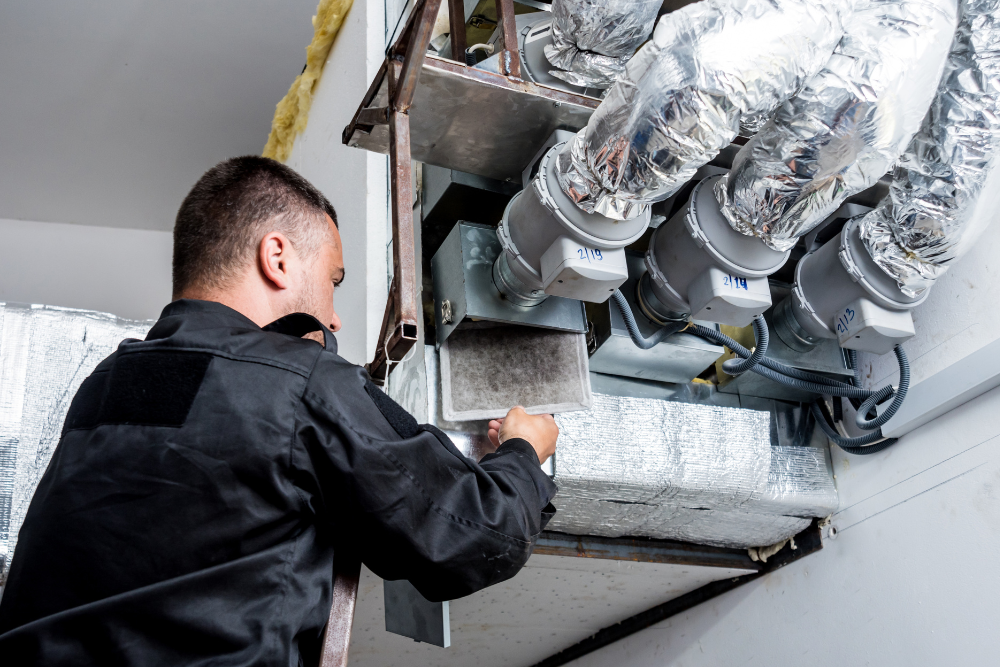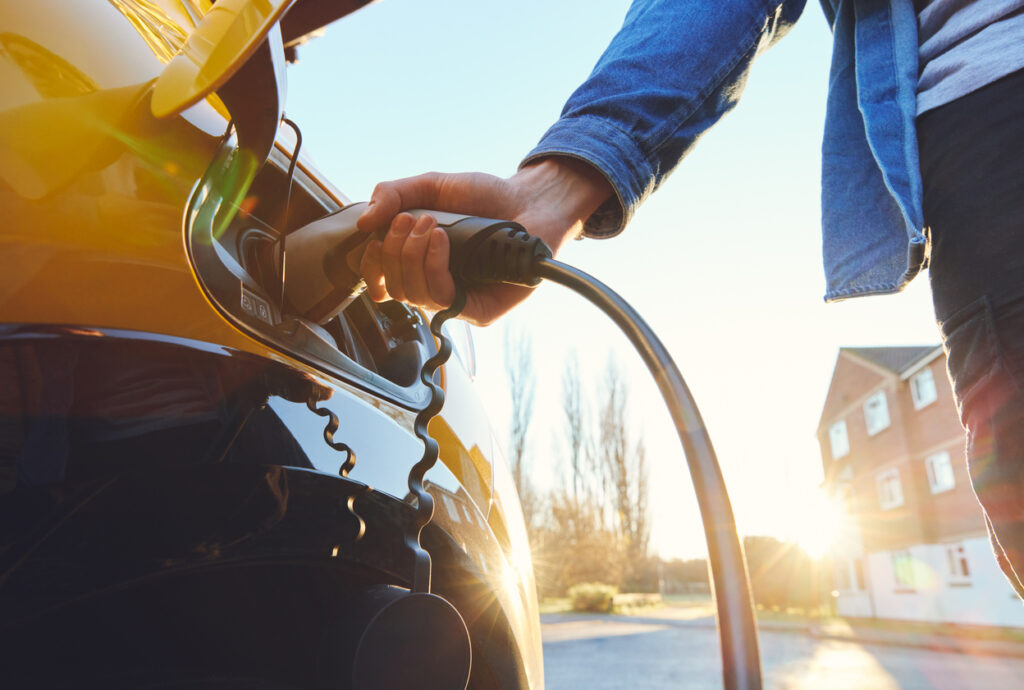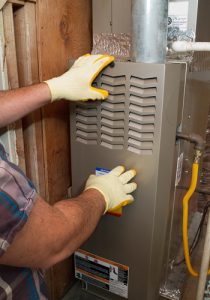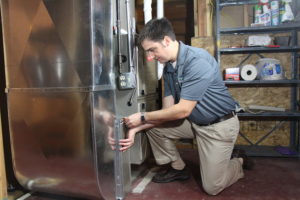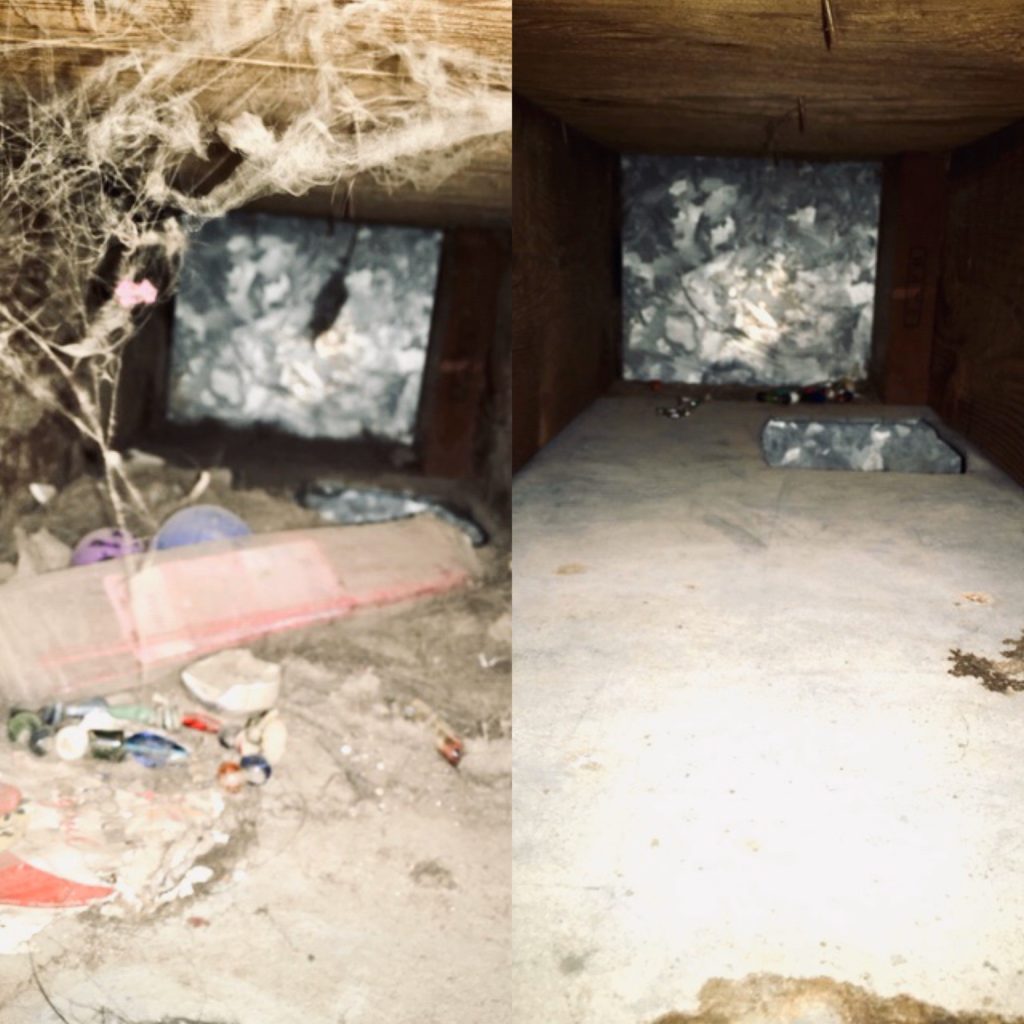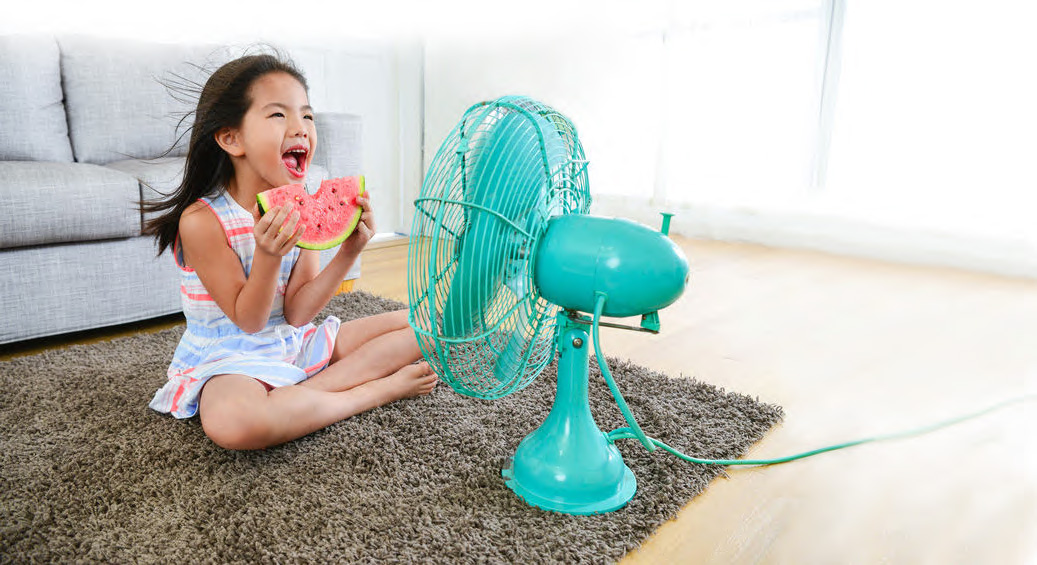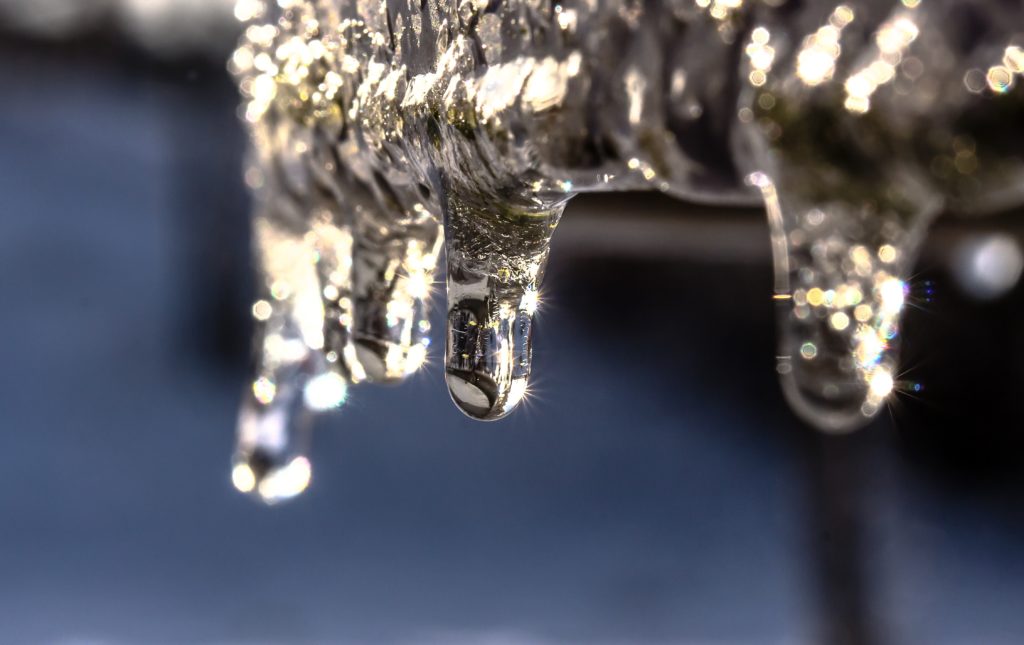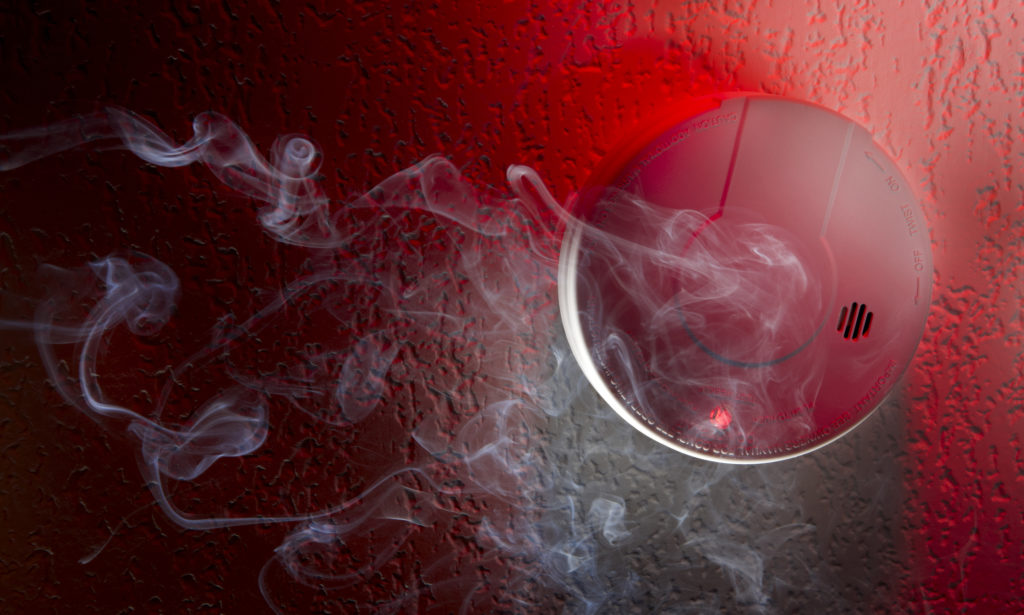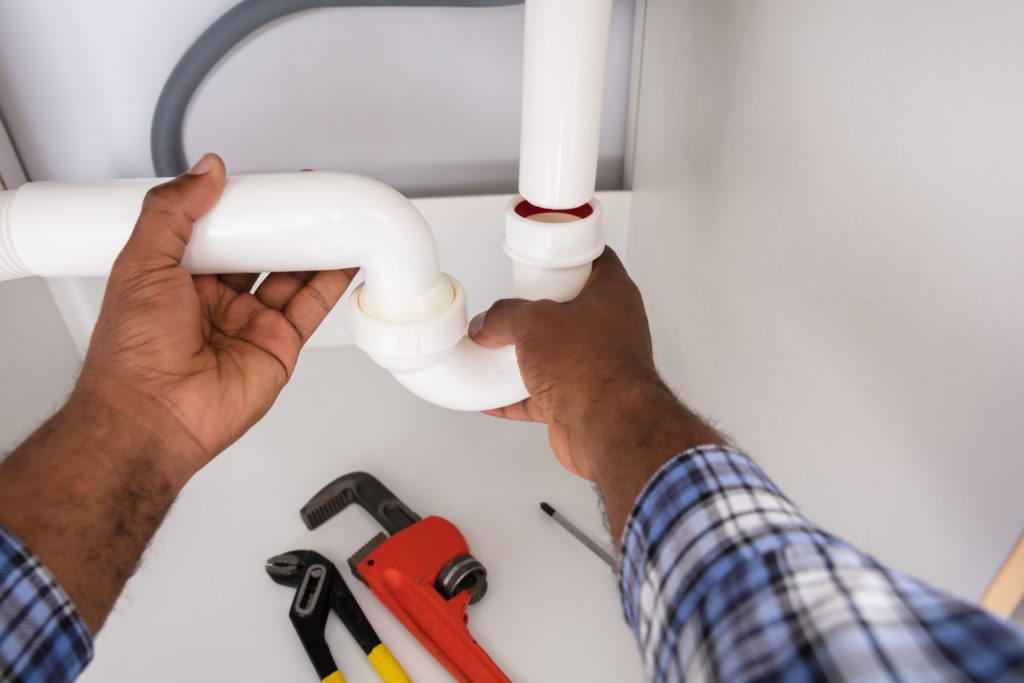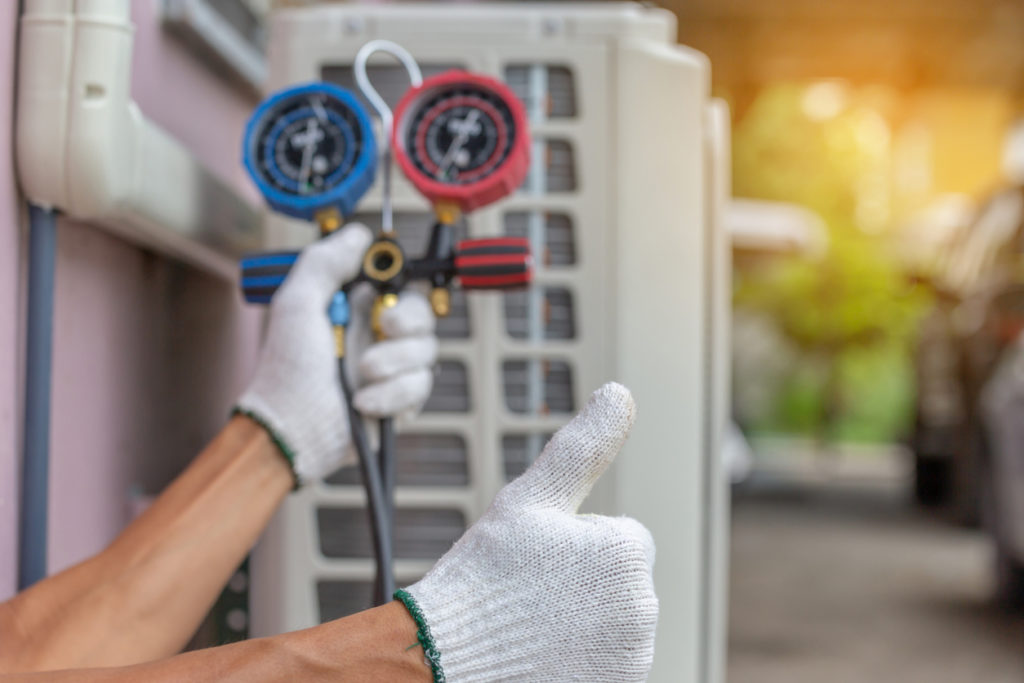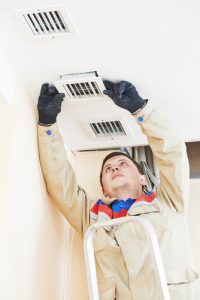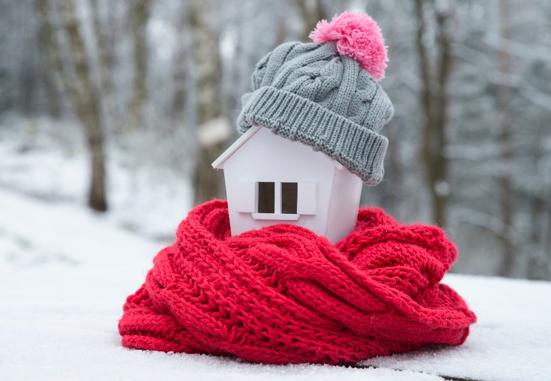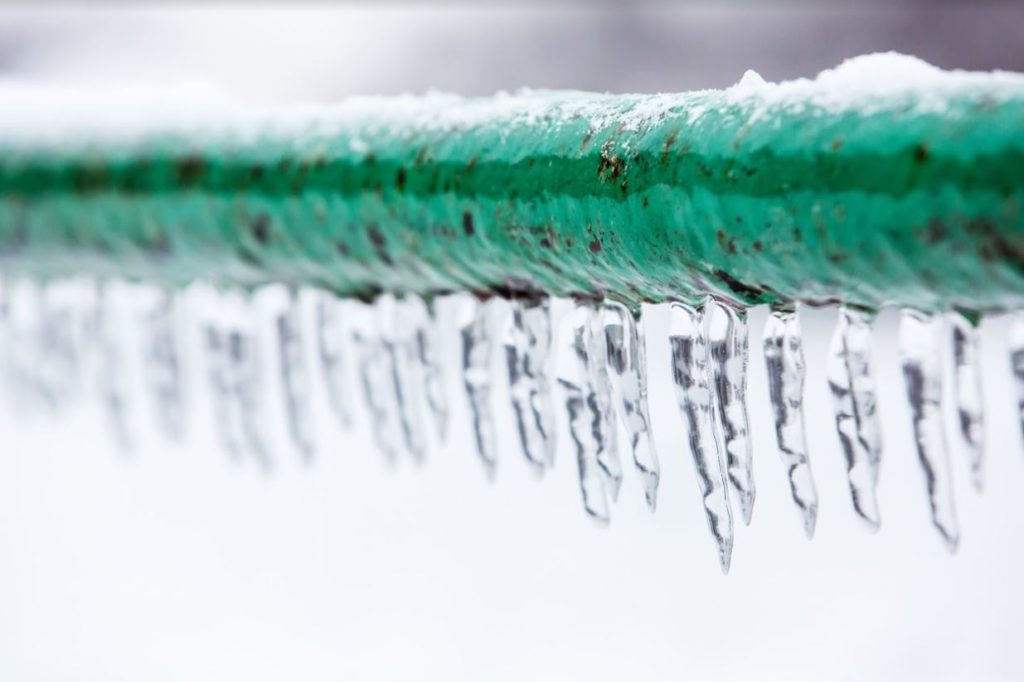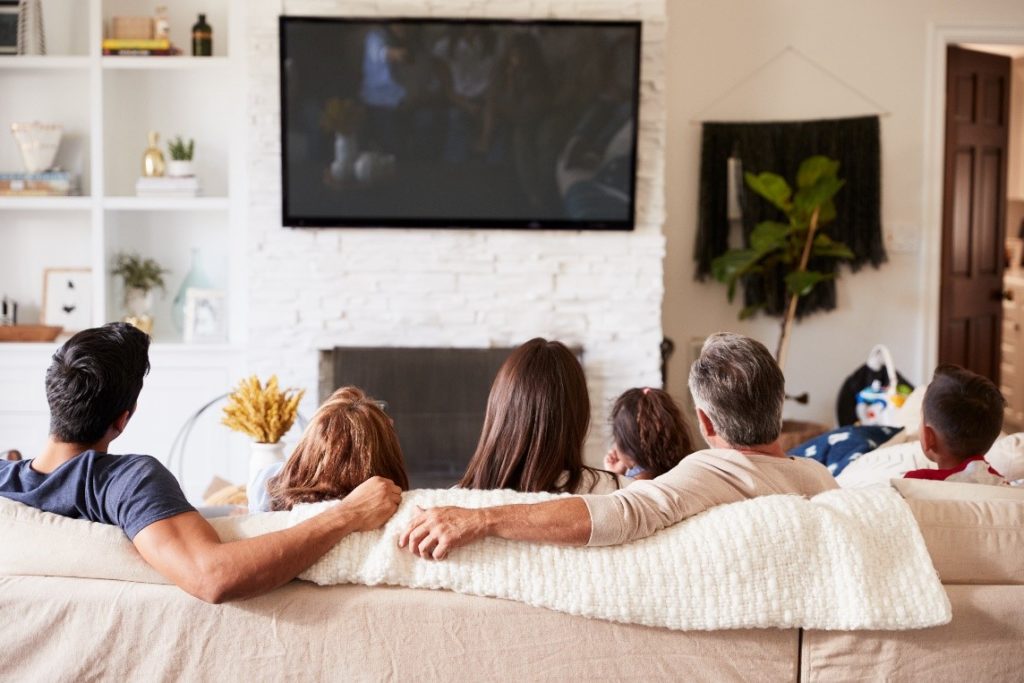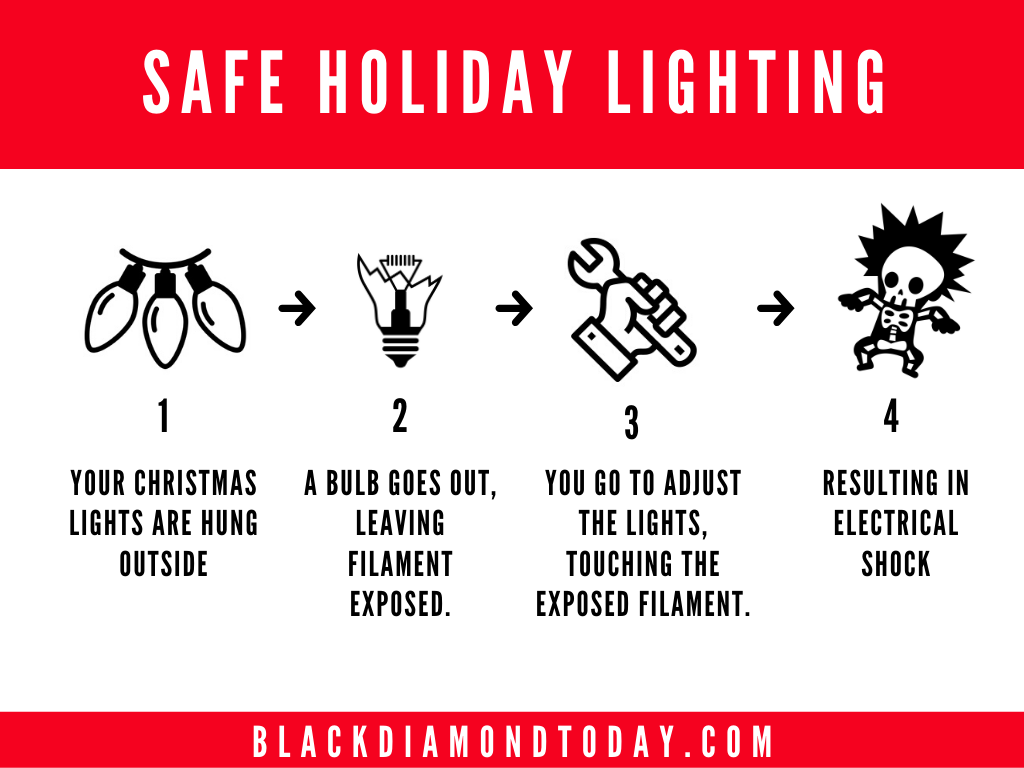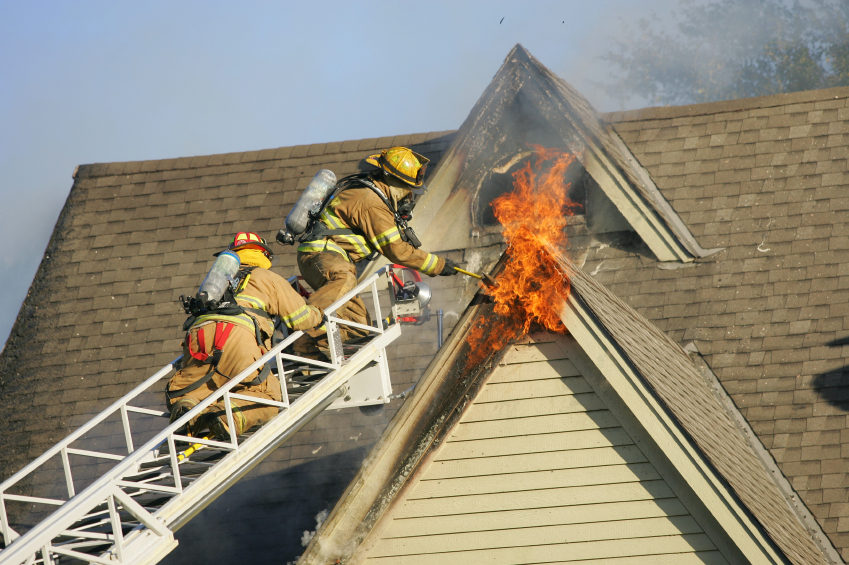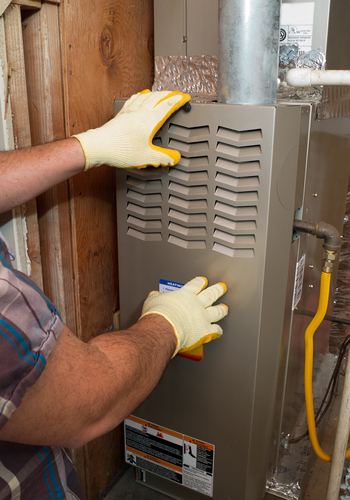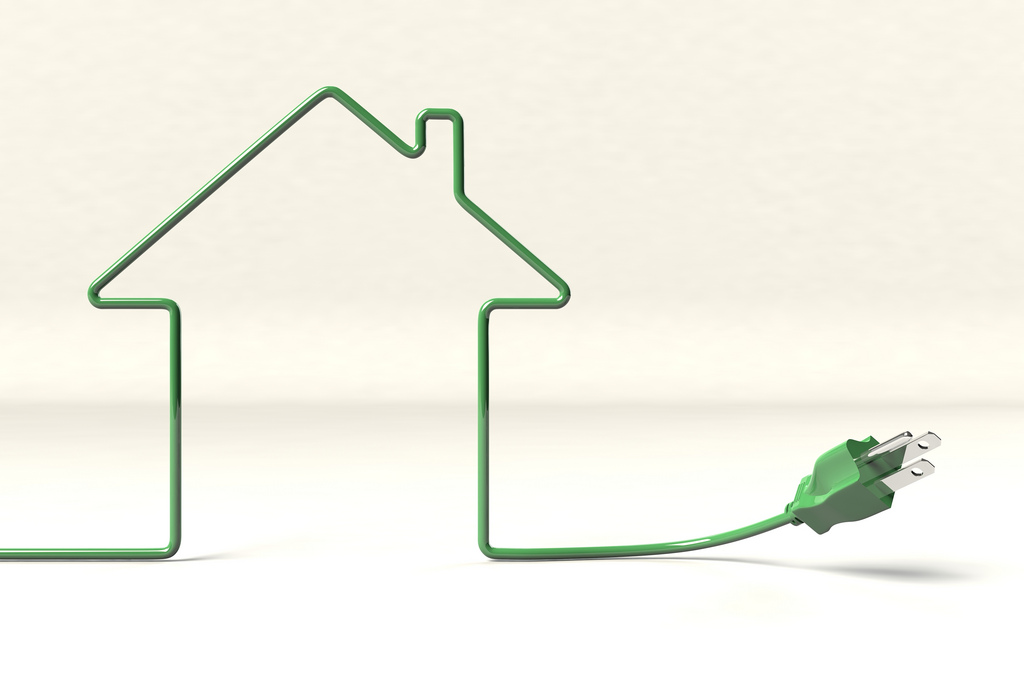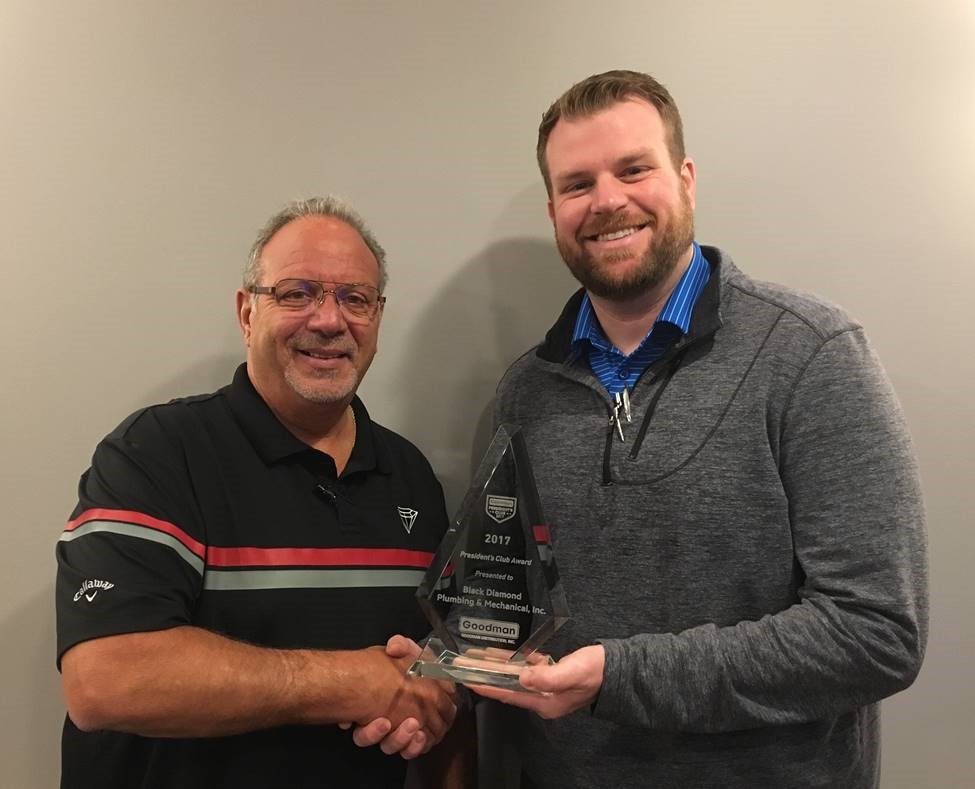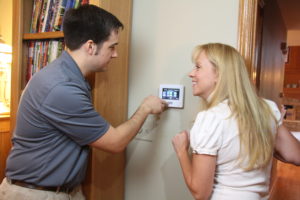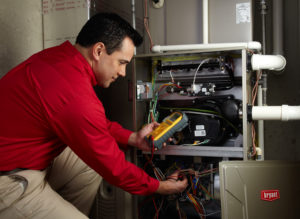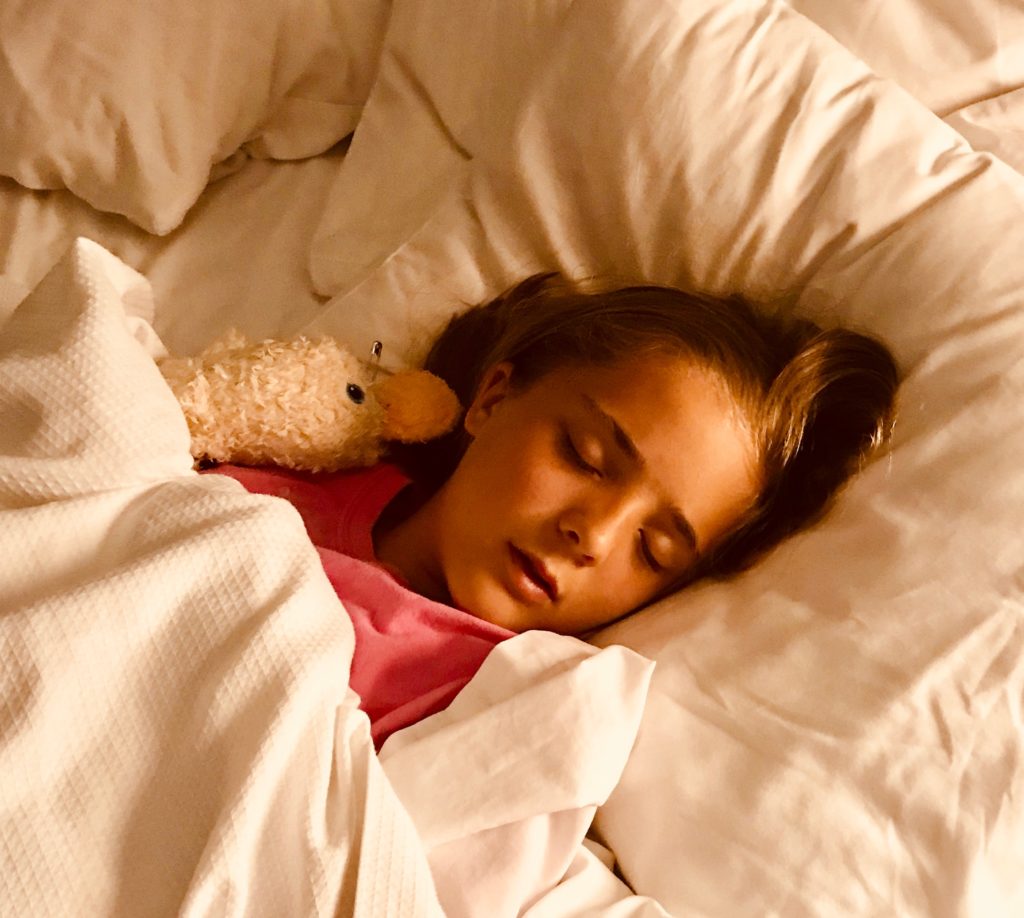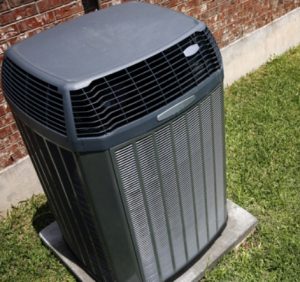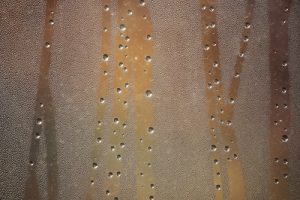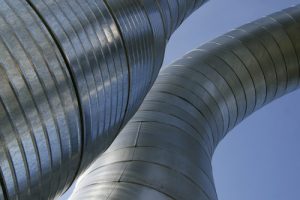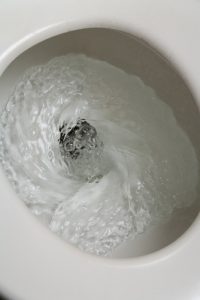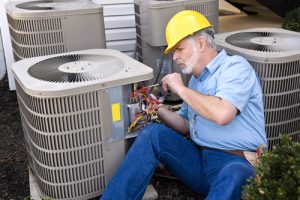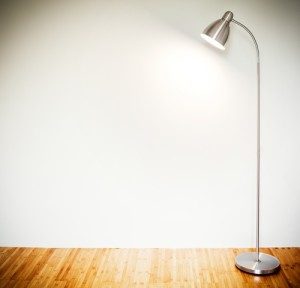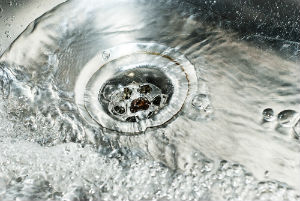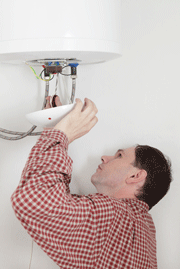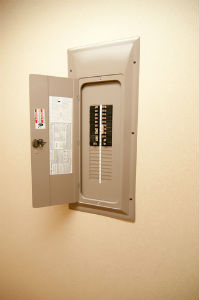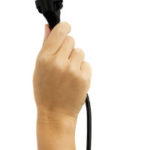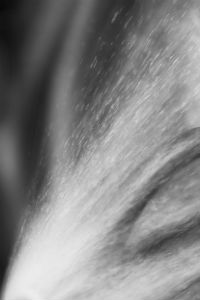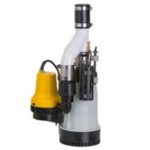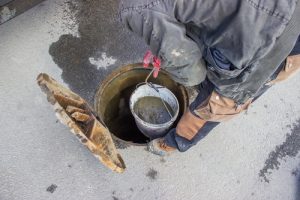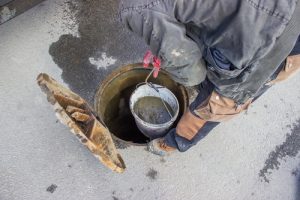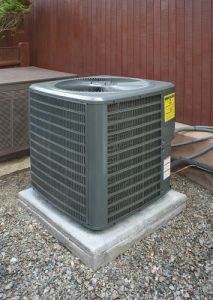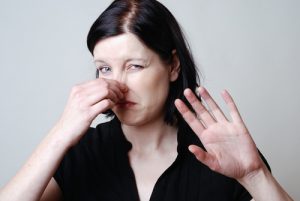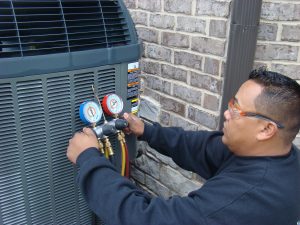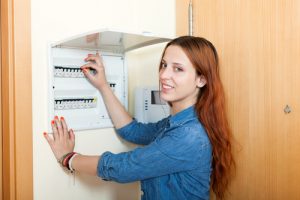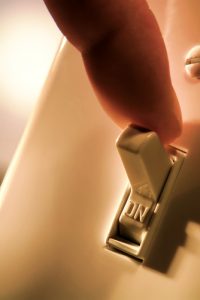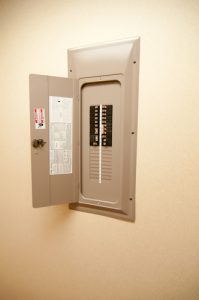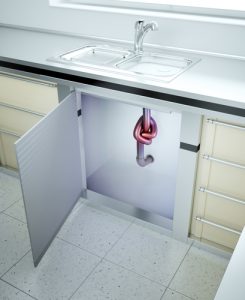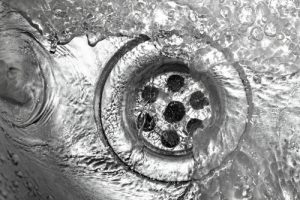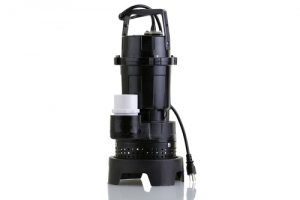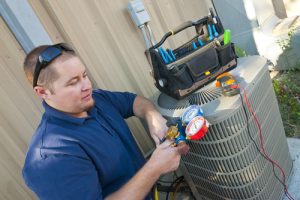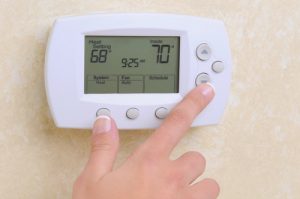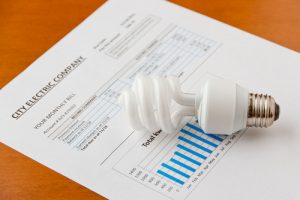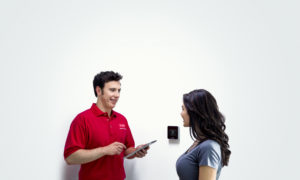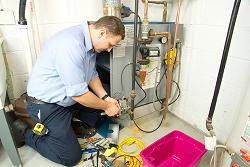Energy Efficient Lighting Doesn’t Have to Be an Unattainable Goal
Because we so often take household lighting for granted, the importance of energy efficient lighting is easy to overlook — even for the most environmentally conscientious. But whether it’s the long, dark winter or a bright Chicago summer, efficient lighting can save you some serious money.
Today’s high-efficiency lighting technology can keep your home just as bright as traditional incandescent bulbs. With a little planning, you can find the perfect energy-efficient way to light your home.
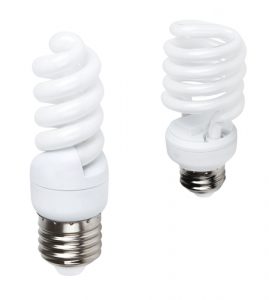 The Look of Your Light Matters
The Look of Your Light Matters
When you’re shopping for energy efficient lighting, the first consideration isn’t necessarily how much wattage a bulb uses. Instead, it’s the type of light it produces. The bulb’s design influences how evenly it distributes light. Traditional incandescent and fluorescent bulbs emit light in all directions. For example, an incandescent bulb in a table lamp will shine light both above and below the lamp, as well as out to the sides.
The average light-emitting diode (LED) bulb doesn’t do this. The diodes in these bulbs shine light in only one direction. Only specially engineered LED bulbs can shine light all around them. That means if you install a lower-quality LED light in a table lamp, you may find all the light shines above the table rather than down where you’re sitting. To avoid this situation, choose LED lights that meet Energy Star standards.
The light’s appearance should also factor into your buying decisions. Different types of light bulbs produce light with different qualities. From bright, clear lighting for your kitchen or home office to softer light that creates a relaxing atmosphere in the bedroom, there’s a light bulb for every need.
Most lighting products are labeled with a description of the color of light they produce. A “soft white,” which is actually slightly yellowish, is the most universally preferred for living rooms and bedrooms. It also works well for lighting a basement. For the kitchen, bath and office, a “neutral” or “cool white” bulb will provide a brighter, whiter light that’s easier to see by. If you’re looking for something to read or do crafts by, look for bulbs labeled “natural” or “daylight.”
For a more reliable way to assess a bulb’s light color, check output measured in Kelvin. Bulbs in the 2700K to 3000K range produce a warm white light, while those in the 3500K to 4100K range produce a more neutral white light. In the 5000K to 6500K range, the light produced is bluer.
How Bright Is Right for You?
One of the most common complaints about older energy efficient lighting is that it lacked the brightness needed to comfortably read, cook, shave, apply makeup, and perform other daily tasks. Modern lighting largely overcomes this problem. To find lighting that provides the brightness you need, it helps to know a little about how bulb brightness is measured.
When buying incandescent bulbs, many homeowners just look at the watts listed, knowing, for instance, that a 60-watt bulb is brighter than a 40-watt bulb. In reality, though, brightness isn’t measured in watts, but rather in lumens (lm). This becomes more important when you’re looking for energy efficient lighting alternatives.
The number of watts used by a bulb doesn’t guarantee a certain number of lumens. By looking for Energy Star-qualified bulbs, however, you’re assured of getting a minimum number of lumens for a certain number of watts. For example, a 40-watt bulb must produce at least 450 lumens and a 60-watt bulb must produce at least 800 lumens to meet Energy Star standards.
For your bedroom and dining room, lighting of between 200 to 300 lumens per square meter is usually sufficient. For reading, choose lighting that provides between 300 to 500 lumens per square meter. If you’re doing intensive work that requires you to see small details, you’ll want enough light to achieve 1000 to 2000 lumen per square meter.
When you’re shopping for energy efficiency lighting, you’ll want to look for a combination of color and brightness. To help you find your preferred combination, bulbs are usually labeled with a description such as “soft white 60w” or “daylight 40w.”
Choosing the Most Cost-Effective Energy Efficient Lighting
While reducing your carbon footprint is a great reason to upgrade lighting, if you’re like most people, the potential savings also matter. As with many electronics and appliances, more efficient models are often the result of more advanced technology and higher-quality materials, meaning they cost more to purchase. Unlike with appliances, though, you’ll recoup what you spend on energy efficient lighting within a year or less in the form of lower energy bills.
You can find lighting in a range of colors among most types of efficient lights, including compact fluorescent lights (CFLs), LED and halogen lights. Each lighting type has pros and cons to consider in addition to cost savings.
LEDs
In terms of how much they’ll cost you to run, LED lights are the lowest-cost option. As the most energy efficient lighting, LEDs use only 20 to 25 percent of the energy used by traditional incandescent bulbs.
LED lights contain a group of diodes in red, orange, green, and other colors. The colors used are what control the color of light the bulb emits. Unlike fluorescent lights, they contain no toxic substances, making them safer for the environment.
Whereas incandescent bulbs burn for 750 or 1,000 hours, LED lights can last for 25,000 to 100,000 hours under ideal conditions. Heat reduces their life expectancy, so they’re not well-suited to cooking areas and laundry rooms. On the plus side, these lights fade rather than burn out suddenly. That means you’ll have more time to remember to buy a replacement and you’ll never be left in the dark unexpectedly.
Because LEDs themselves burn cool, they add less heat to your home, which can help lower summer cooling costs. It also makes them a good choice in homes with curious children.
CFLs
Compact fluorescent lights (CFLs) are typically the second most cost-effective lighting choice. These bulbs work the same way as the long fluorescent light tubes used in many offices. The difference is that the tubing is bent into a U-shape or a spiral to fit in the same amount of space used by an incandescent bulb. The base is fit with a compact electronic ballast to allow the bulb to work in fixtures designed for incandescent bulbs.
Today’s CFLs don’t all give off the stark white light of traditional fluorescent bulbs and are available in “soft white” and other gentler colors. CFLs can last for 6,000 to 15,000 hours depending on how you use them. Turning a CFL on and off frequently shortens its life span, so these bulbs are best used in rooms where you tend to leave the lights on for hours at a time. Like LEDs, CFLs fade slowly rather than burn out in an instant.
Halogen Incandescent Bulbs
Halogen incandescent light bulbs, sometimes known simply as energy-saving bulbs, are the least efficient of all alternatives to incandescent bulbs, but their relatively low purchase price makes them a good way to get started with efficient lighting if you’re on a budget. They use around 70 percent of the energy used by traditional bulbs and last up to three times as long. They’re available in the same colors and brightness levels as traditional bulbs.
Using Energy Efficient Lighting
- Using a dimmer switch to lower the light level as needed can save energy, but not all energy-saving lighting types can be used with these switches. While all halogen lamps can be used with dimmers, only specially designed CFLs and LEDs work with these switches. Even these types aren’t fully dimmable, so consider how important this feature is when buying your new light bulbs.
- The type of light cover also matters. Traditional incandescents can be used in both open and enclosed light fixtures because their performance doesn’t suffer due to heat buildup. The performance of LEDs and CFLs, however, does. If you’re looking for energy efficient lighting options for semi-enclosed or enclosed light fixtures, choose only those LEDs and CFLs expressly designed for such fixtures.
- For recessed lighting fixtures, look for Energy Star-qualified reflector bulbs. The coating on the backs of these bulbs reflects light out of the fixture, so more of it goes to light your room. Keep in mind that bulbs that aren’t Energy Star-qualified, as well as spiral-shaped bulbs, generally burn too hot to be used in recessed fixtures. Always check the manufacturer’s description to make sure the bulb you want is safe for the fixture you plan to put it in. This includes motion-sensor lights.
Learn more about Black Diamond Plumbing & Mechanical’s energy efficient lighting tips and solutions, or call 815-444-0979 to schedule professional services!
Image Provided by Shutterstock.com
Recent Posts
Request Service
Please fill out the form and we will get in touch with you shortly. We look forward to serving you!
Request Service
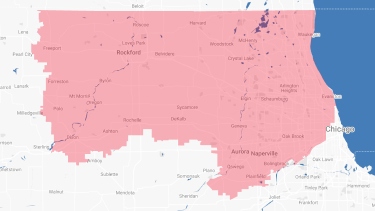
Proudly Serving
The Chicagoland AreaAddison | Algonquin | Antioch | Arlington Heights | Aurora | Barrington | Bartlett | Batavia | Beloit | Belvidere | Bensenville | Bloomingdale | Bolingbrook | Buffalo Grove | Byron | Caledonia | Capron | Carol Stream | And Much More!
VIew ALL

